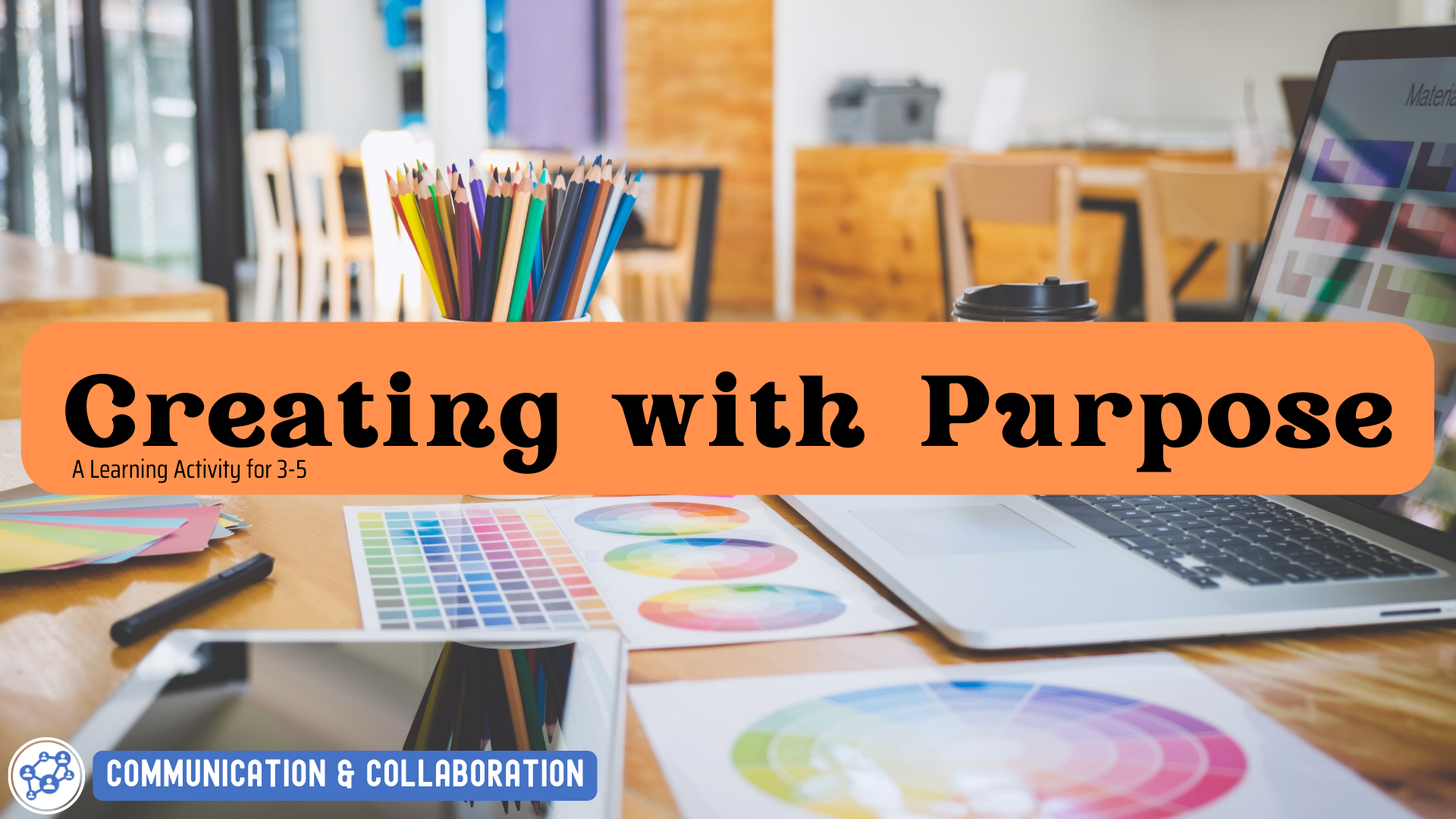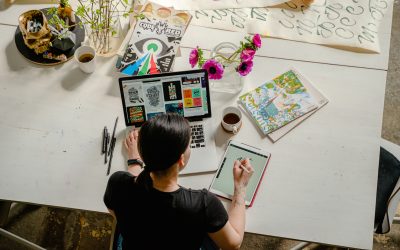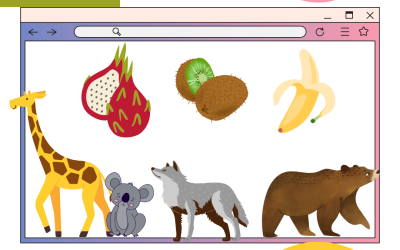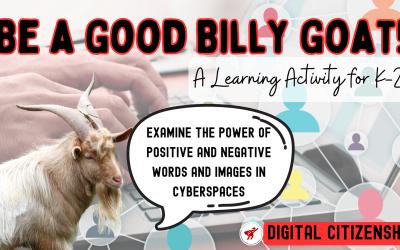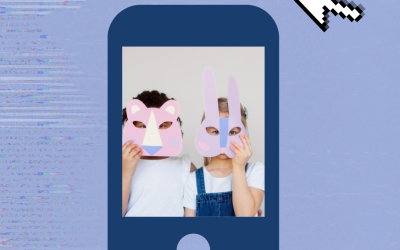Overview
In this activity, learners will be inspired to create – and not only create with the technologies available to them, but they will also be challenged to create with purpose. Learners will explore: How can the technological ideas and products we create impact our schools, our families, and our communities for good? How can we use technology to solve real-life problems that we see in our everyday lives?
NB Curricular Connections
English Language Arts
- Strand: Interactions – Big Idea: Exchanges – Skill Descriptor: Ask and respond to questions to clarify information, explore possibilities, and identify solutions to a problem.
- Strand: Representations – Big Idea: Composition – Skill Descriptor: Organize ideas and create written and media texts collaboratively and independently.
Visual Arts
- Strand: Create – Big Idea: Application and Product – Skill Descriptor: Create and present expressive work for a range of audiences and purposes using a variety of art media including technology.
What You’ll Need
- Book – Peter & Pablo the Printer: Adventures in Making the Future (by: Jeffrey Ito)
- Pencils
- Creative Inventory & Purpose Project Planning Sheet (3-5 Learning Activity – Creating With Purpose 3-5 Learning Activity – Creating With Purpose)
- Smart Board or projector
- PowerPoint Presentation (3-5-Creating-With-Purpose PPT)
- Canva (free design tool for NBED educators & learners – optional)
- 3D Printer (optional)
- iPads/laptops (optional)
- Micro bits (optional)
Instructions
- TECHNOLOGY USE ACTIVITY: Gather learners together and on a whiteboard or chart paper, write down learners’ responses to this question (on Slide #2): How do you use technology every day? (Record students’ uses of technology at home, school, extra-curricular activities, hobbies etc.) Next, look at Slide #3 in the PowerPoint and as a class, review and discuss the differences between a consumer and a creator. Go back to the technology list that was generated, and beside each use listed, have learners label if it is a technology that they consume or is it a technology that they create with – CO (consume) and CR (create with). Tally up the results. As a group, talk about what the results indicate. Are we mostly consumers, creators, or a mixture of both? How do we feel about this?
- READ ALOUD – Peter and Pablo the Printer: Adventures in Making the Future: Gather together and read the story. Discuss: “At what moment, did Peter make the change from consumer to creator? How did his creations affect others around him? How did his use of technology bring about good in his home, in his school, and in his community?” Allow learners to share their responses. Looking back at the Technology Use List created, have learners reflect on: How does my use of technology solve problems in my everyday life? Is my use of technology bringing positive change to myself and those around me? How can I be sure I do this in the future?
- CREATOR COMMUNITY WALK: Before going outdoors, have learners share any classroom, school, or community need that they are aware of. Begin a list on chart paper or a whiteboard. Then, have learners participate in a school grounds/community walk with intentionality – remind them to be looking for details, to be looking for evidence of change needed, to use their 5 senses, and to be mindful on the walk.
Here are some guiding questions for learners to consider on their Creator Community Walk (Slide #4):
- Where can I be of service to this place/space?
- What does someone/something need along our route that I could create?
- What do I notice that needs changed for the better?
(Service Walk, A Walking Curriculum, Gillian Judson, p.54-55)
- HANDS + HEART + TECH Printable: Provide each learner with a copy of Hands + Heart + Tech printable and a pencil. Allow learners time to jot down their noticings from their Creator Community Walk, and the discussion before the walk, about real needs that they are aware of. Through further discussion, have learners fill out the Technology Inventory to truly know what they have access to within their classroom and school. Next, for the Hatching Idea section, pair up learners or create small groups, to bring together a need and a viable technology source that could help address meeting that need in some way.
| EXAMPLES OF NOTICINGS:
– A lot of litter: Are there enough garbage cans or signs around reminding people of their garbage and recycling? – Not enough options for play at recess: Could we create toys, games, or a club to help with this? – Little evidence of the many cultures and languages present in our school: Could we create signs in multi-languages? Could we create a 1 Day event to celebrate all cultures? Could we create a video highlighting our amazing diversity? – A sense of stress/worry/sadness in the building or community: Could we create positive affirmation signs or products to share and help build joy and positive self-esteem? –Our community is missing __________ (gym, park, garden, baseball field, etc.): Could we write an email to our town/city with suggestions? Could we create a video on why ___________ is needed? |
- CREATING WITH PURPOSE PROJECT: Be sure to go over the printable provided with your learners and answer any questions. Take the time to examine Slide #5 and discuss what impact means and some practical ways to measure it. (Examples: Another walk to visibly see change, a feedback form, results, etc.) Then using the template provided, have learners begin to plan their own purpose project. Once completed, have them go to another peer or peer group for feedback and suggestions BEFORE creating. Have groups and learners begin the creation process. Upon completion, allow individuals and groups to present their final project to the whole class – orally or via display. Celebrate the amazing creativity and impact created by all learners!
- CAREERS CREATING WITH TECHNOLOGY: Looking at Slide #6 of the PPT, examine together examples of everyday people creating with technology in their workplace. See if learners can identify more than what are listed.
Extension Ideas
- School-wide Show & Share event – have learners be prepared to share about their Purpose project to multiple classes and grades.
- Community Experts – Invite a community member, (local council person, mayor, expert in their field) in-person or via Teams, to hear Purpose Project presentations that have potential to bring good to the community. Have them give input and suggestions for maximum impact.
- Purpose Project Journal – have learners keep track of their learning journey from the beginning stages to the final steps of their Purpose Projects.
Digital Literacy Framework

Reflection Activity
Please see the attached PDF for several choices on how you and your learners can reflect upon today’s activity.
Acknowledgements
- Judson, Gillian: Human Impact Walk – A Walking Curriculum: Walking, Wonder, & Sense of Place (K-12), 2018, pg.43-44.
- Merriam-Webster Dictionary: Impact https://www.merriamwebster.com/dictionary/impact#:~:text=%3A%20the%20force%20of%20impression%20of,a%20significant%20or%20major%20effect, 2023.
